ASPECT
Airborne Spectral Photometric Environmental Collection Technology (ASPECT)
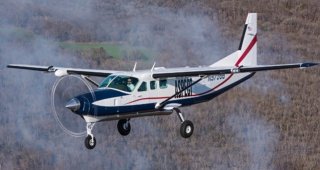
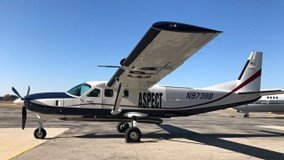
Airborne Spectral Photometric Environmental Collection Technology is EPA’s airborne real-time chemical, radiation and photographic data collection platform. ASPECT can detect and identify toxic industrial chemicals, chemical warfare agents, surface oil and radiation sources, and produce thermal and photographic images. ASPECT’s sensing equipment is installed in a Cessna 208B aircraft, which can be airborne within one hour of notification, 24 hours a day. ASPECT is stationed near Dallas, TX, allowing it to respond rapidly to incidents in industrial areas along the Gulf Coast and begin data collection at any location in the contiguous U.S. within nine hours. Communications between the plane and the team on the ground are near real-time, and preliminary data products are produced while in flight. ASPECT is available to assist local, national, and international agencies with hazardous substance and radiological incident responses.
Response Capabilities
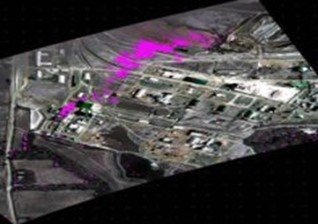
Typical deployments include imaging and characterizing chemical releases, wide-area chemical surveys (typically in response to hurricanes), radiological surveys characterizing sites or identifying contamination, oil spill detection, and thermal imaging of fires. ASPECT is prepared to respond to chemical warfare agent attacks, improvised nuclear devices, Radiological Dispersal Devices (i.e. dirty bombs), and large-scale releases of radiological material. ASPECT can also be used to rapidly locate lost or stolen radiation sources and leaking chemical tanks.
- Aerial plume imaging
- Airborne chemical detection (76 compounds automatically detected, 500+ compounds detected in post-processing)
- Thermal imaging (0-200oC)
- Aerial oblique and orthogonal high-resolution photography
- Radiological source/contamination detection
- Gamma detection with Sodium Iodide (NAI) and Lanthanum Bromide (LaBr)
- Neutron detection with Boron Trifluouride (BF3)
Sensing Systems
ASPECT includes (1) an infrared line scanner to image chemical plumes and detect and characterize surface oil, (2) a Fourier transform infrared spectrometer to identify and quantify the composition of chemical plumes, (3) gamma-ray spectrometer packs for radiological detection and Boron triflouride (BF3) neutron detectors, (4) a high-resolution digital aerial camera with ability to orthorectify images for inclusion into GIS software, and (5) a broadband satellite data system.
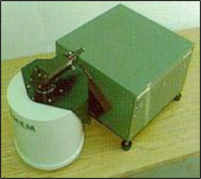
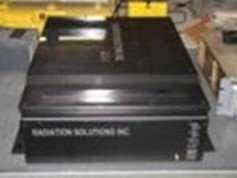

Range and Deployments

ASPECT has engaged in over 170 deployments, including to all EPA Regions and outside the continental U.S. This has included about 500 flights, of which the team covered over 70 emergency responses, 24 scientific studies, multiple field training exercises, and several Department of Homeland national special security events.
ASPECT deployment is requested via the CMAT Phone Duty Officer or the EPA Emergency Operations Center.
CBRN CMAT 24/7 Phone Duty Officer
CMAT@epa.gov
(202) 250-8770
EPA 24/7 Emergency Operations Center
Email: EOC.EPAHQ@epa.gov
(202) 564-3850
CBRN Tools for Responders
- Biological Response Tools
- Decision Support Tools for Incident Response
- CompTox: Chemical Toxicity Values
- Environmental Sampling and Analytical Methods
